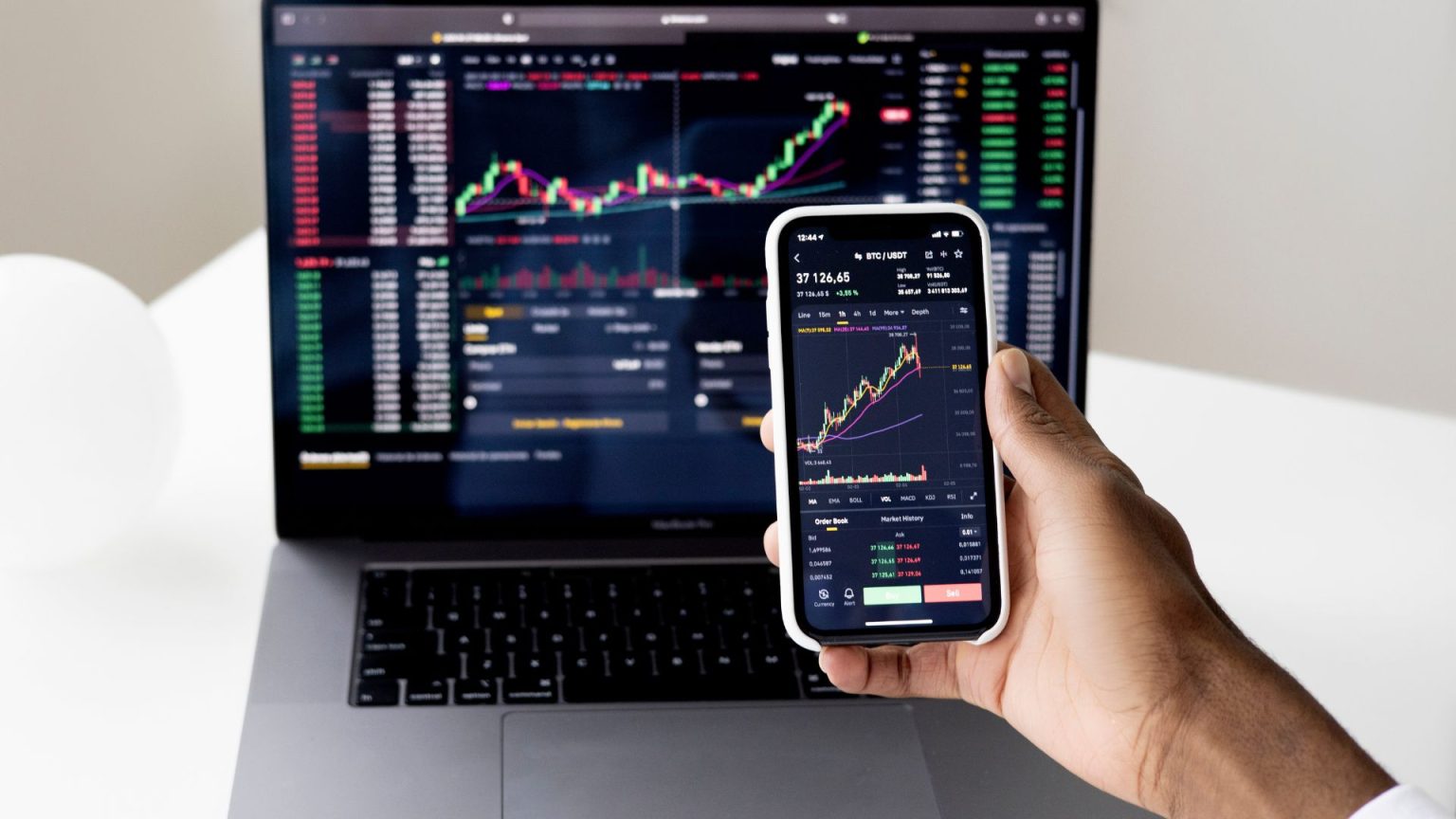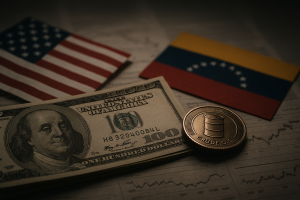If you’ve ever placed a perfect setup only to watch it go nowhere for hours, you’re not alone.
The timing of your trades is just as important as the setup itself.
Understanding the global trading sessions, liquidity cycles, and volatility windows can make the difference between winning trades and frustrating whipsaws.
In this post, we’ll break down:
- The top trading sessions (and what to expect from each)
- Which pairs and assets move best during those hours
- When smart traders enter or avoid the market
- How to use volatility windows to your advantage
Let’s level up your timing so you can stop trading like a bot, and start trading like a pro.
🌍 The Four Major Trading Sessions
- Sydney (5pm–2am EST)
- Tokyo (7pm–4am EST)
- London (3am–12pm EST)
- New York (8am–5pm EST)
These global sessions overlap in different ways, which creates natural spikes in volume and liquidity. Smart traders focus on these overlaps, because that’s where the money is.
💥 The Two Most Volatile Trading Overlaps
1. London–New York Overlap (8am–12pm EST)
- The most active 4 hours of the day
- Massive institutional volume enters the market
- Best for trading USD pairs (EUR/USD, GBP/USD), gold (XAU/USD), and indices like S&P 500 and Nasdaq (ES/NQ)
🔥 Pro tip: Look for reversals or breakouts during this window, especially after 9:30am EST when the NYSE opens.
2. Tokyo–London Overlap (3am–4am EST)
- Short but powerful 1-hour window
- Often sets the tone for early market momentum
- Good for trading JPY and AUD/NZD pairs
Traders who enjoy pre-New York setups often monitor this time for liquidity grabs or fakeouts that create opportunity in the next session.
📈 When Should You Avoid Trading?
- During low liquidity periods like:
- The hour before the London open (2am–3am EST)
- Midday New York (12pm–2pm EST)
- Friday afternoons (after 2pm EST)
- Before major economic news (unless you’re experienced and prepared for volatility)
- Sunday evening open (5pm–7pm EST): spreads are wider, liquidity is thin, and traps are common.
🔎 Volatility by Session
| Session | Volatility | Best Assets to Trade |
|---|---|---|
| Sydney | Low | AUD/NZD (lightly) |
| Tokyo | Moderate | JPY pairs, crypto pre-setup |
| London | High | GBP, EUR, Gold, BTC |
| New York | Very High | USD pairs, Indices, Crypto |
💡 Want to trade crypto? Most volume happens between 2am–12pm EST, aligning with Europe and early US activity.
🧠 Timing + Strategy = Consistency
Even the best strategy can fail if you’re trading during the wrong session.
That’s why top traders only trade during key liquidity zones:
- Killzones (ICT): London (2am–5am EST), NY (8:30am–11am EST)
- Overlaps: As covered above
- High-impact news hours: NFP, CPI, FOMC, interest rate decisions
Set your alarms, structure your day around when volume is entering, not when it’s fading.
📊 Why Global Liquidity Matters
- Volume = movement → No volume = no volatility = no profit
- Institutions move money in waves → Follow the money
- Breakouts and liquidity sweeps happen when the most eyes are watching
Timing isn’t just about being available, it’s about being present during the most statistically favorable windows.
📌 EPIQ Tip: Use Our Macro Dashboard to Time Trades
Inside the EPIQ Trading Floor, we’ve built a Crypto Macro Dashboard and Forex Tools that:
✅ Track global volume shifts
✅ Highlight session-based setups
✅ Combine heatmaps, order flow, and news
✅ Identify when liquidity is about to enter the market
→ Start now and get access to institutional-level tools to time your entries like a pro.
🧠 Final Thoughts
If you’re serious about trading, you can’t ignore timing. Liquidity, volatility, and market psychology all spike at specific hours. Mastering the clock is one of the fastest ways to:
- Reduce unnecessary losses
- Avoid dead zones
- Maximize trade outcomes
- Protect your mental energy
So next time you feel like the market is “slow,” ask yourself:
Are you in the right setup… at the wrong time?
Not financial advice. All content is for educational purposes only.
Trade smart. Stay EPIQ.










Responses